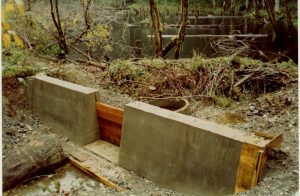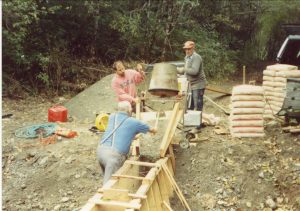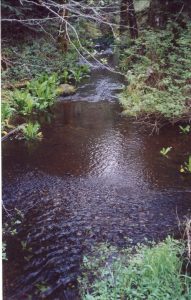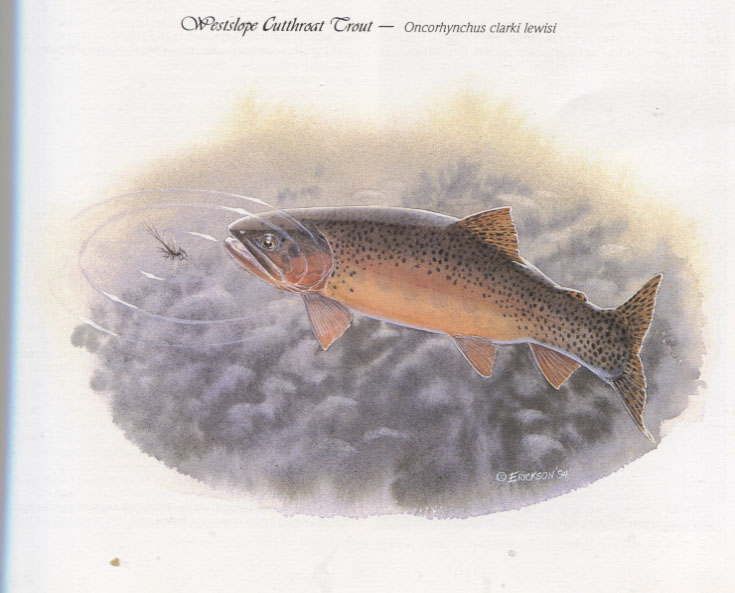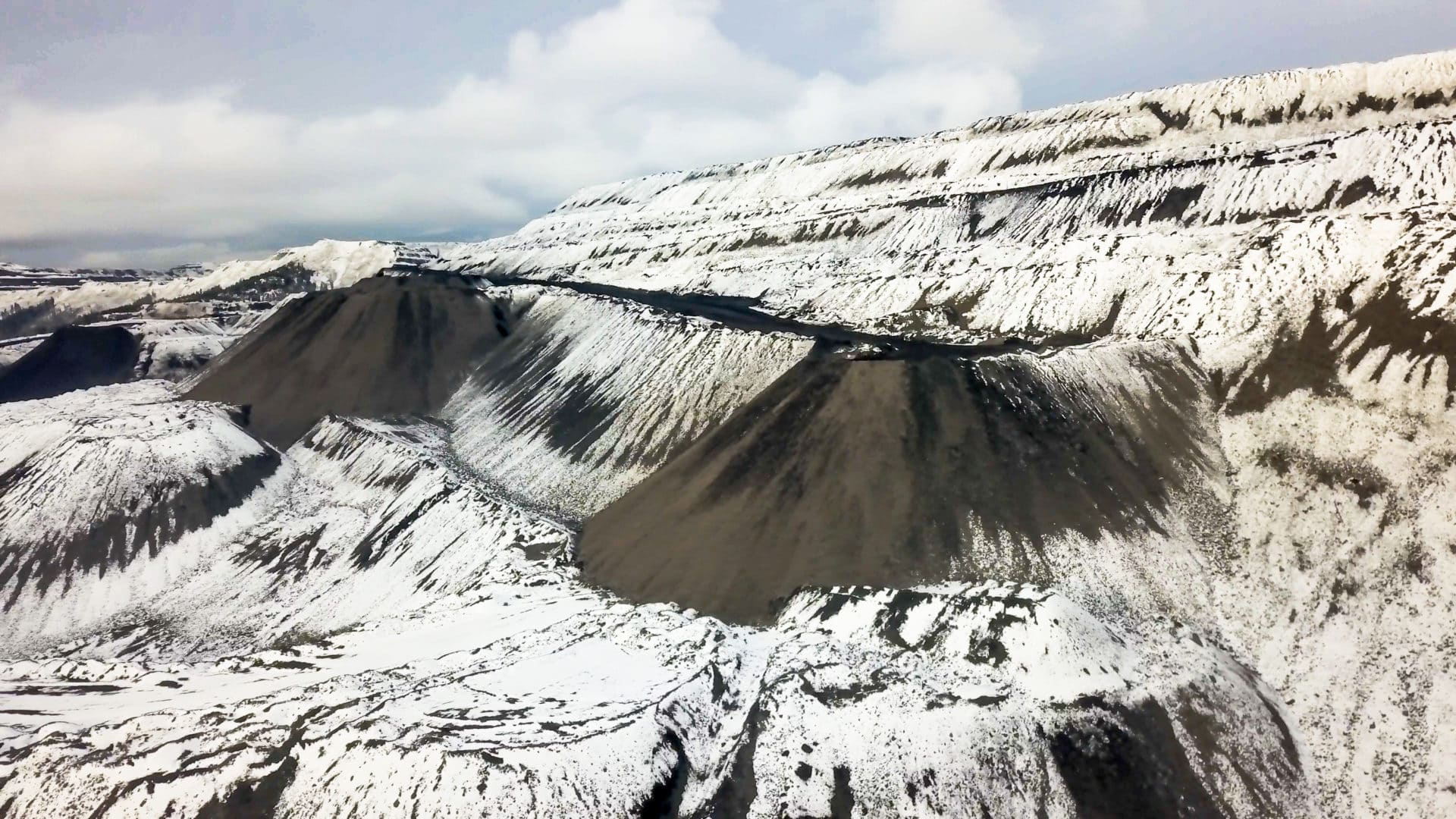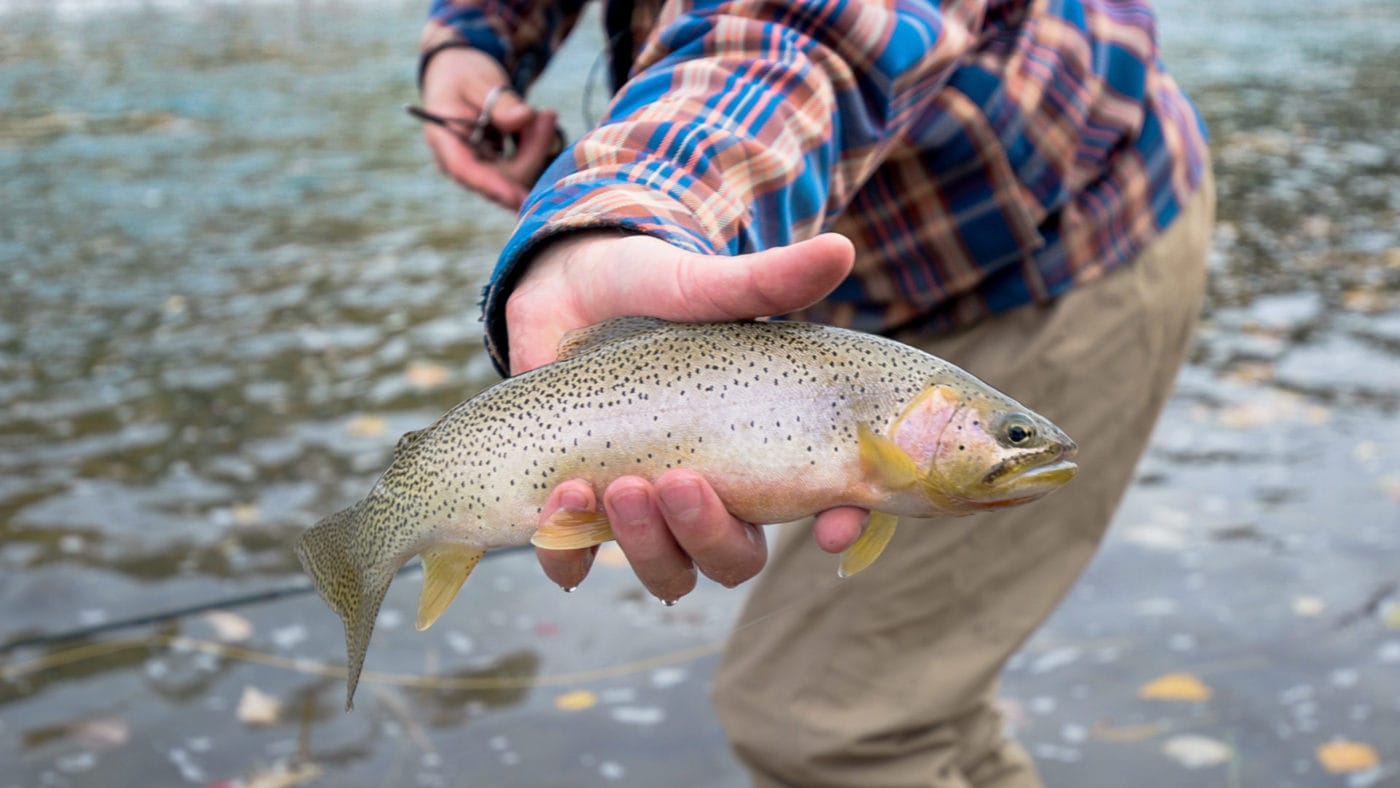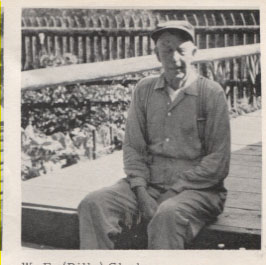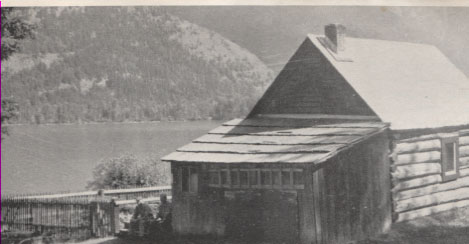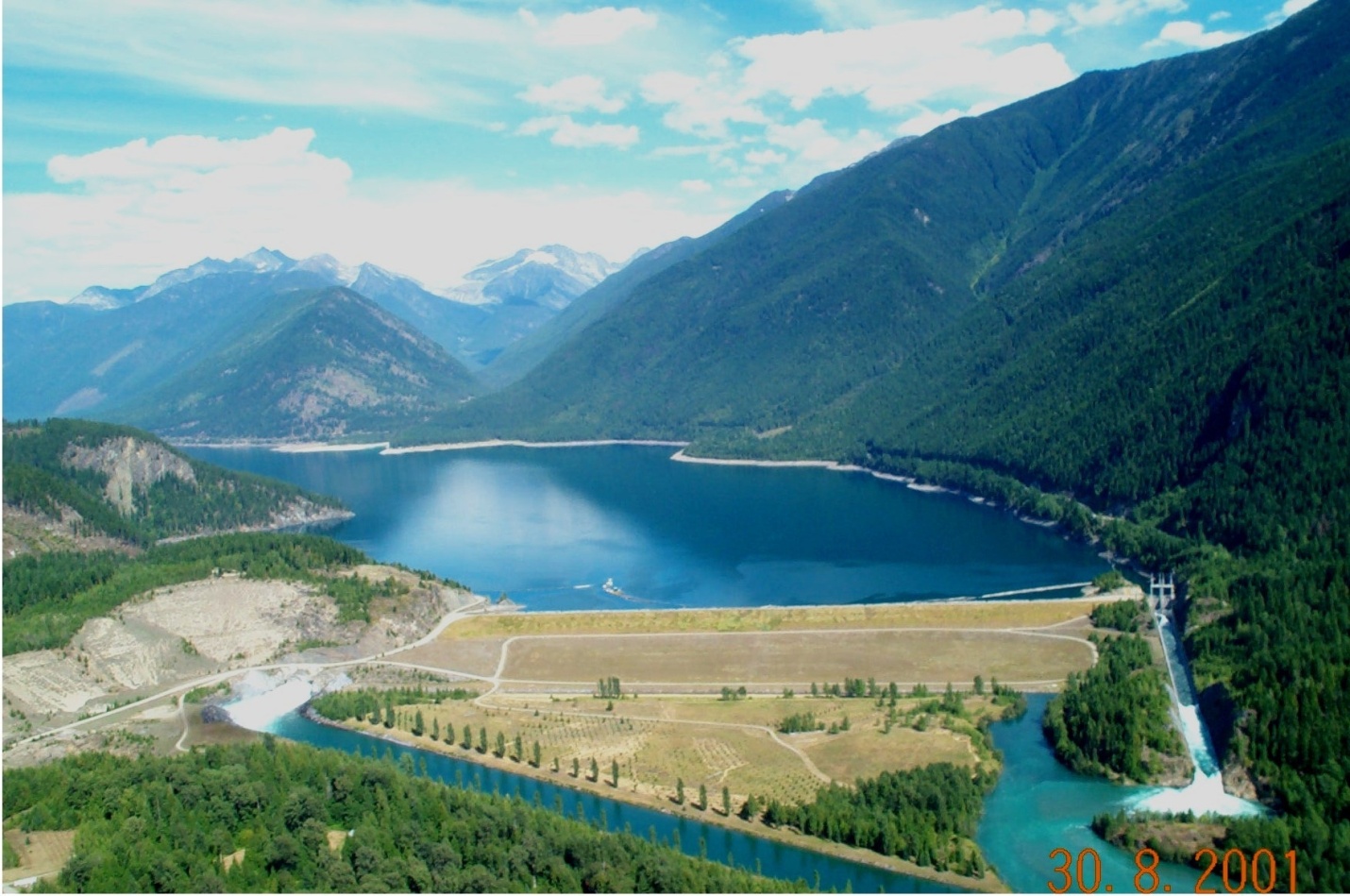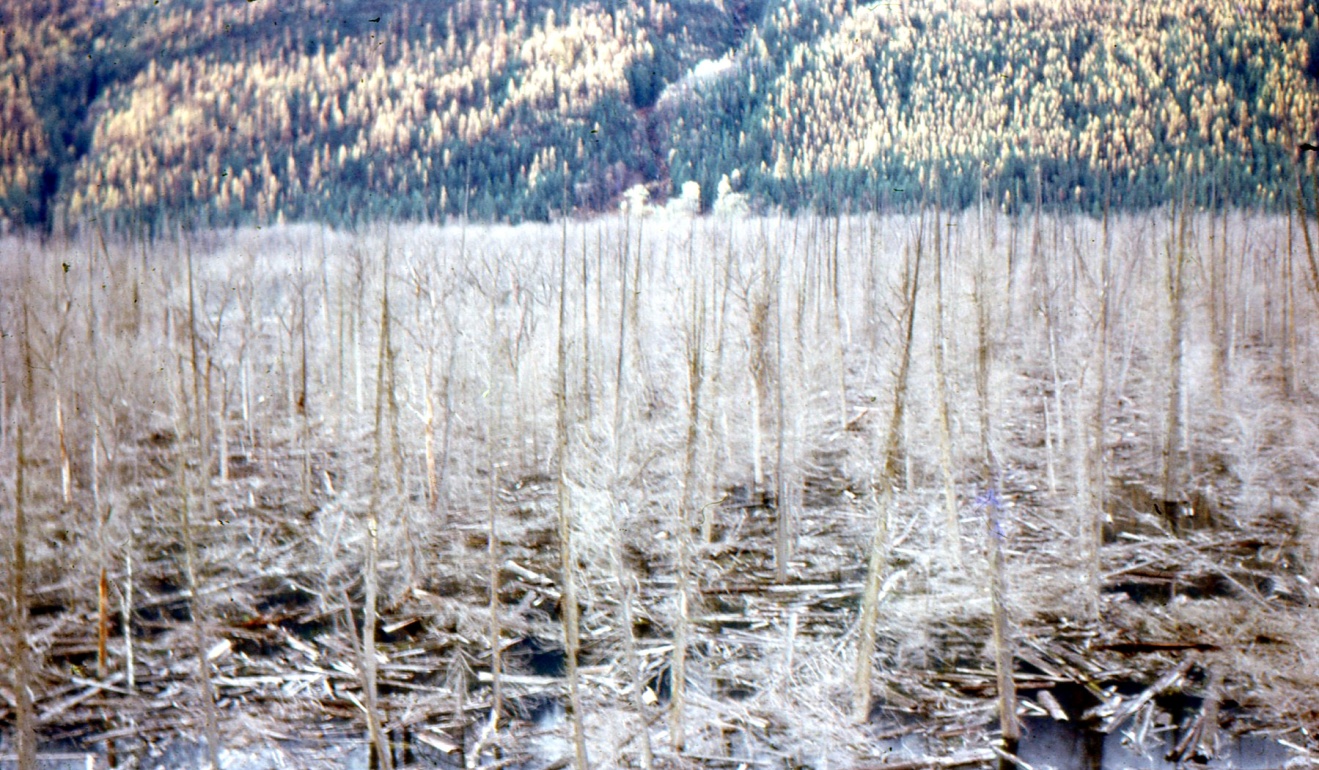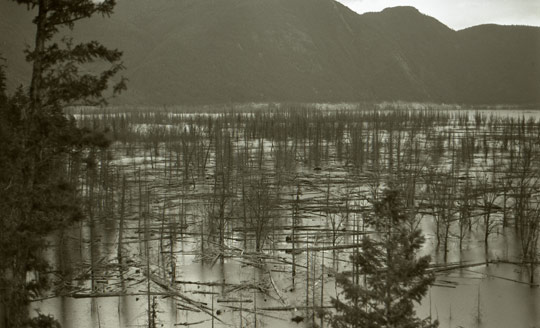PARADISE LOST?
The lack of concern over the present highly reduced access into the woods in the Cowichan Lake area puzzles me greatly. Island outdoorsmen fought long and hard for public access to forest lands and now that it’s slipped away, there seems to be hardly a whimper of protest. The present situation reminds me of how things were in the 1960’s when gates were everywhere and access was only available to fish and game club members on a limited basis. Even though that arrangement amounted to some fine hunting and fishing preserves for club members, the clubs battled for full public access.
It was a tough go. The clubs pressured the government and the forest companies for a number of years before the door opened a crack. In 1962 public access hearings were held during the legislative session. Forest company executives attended and argued against full access while the Island fish and wildlife clubs – especially Nanaimo and Victoria – carried the ball for recreationists. Company opposition was very stiff until a letter from a company official broke the hearings wide open. Challenged by the Forest Minister, Ray Williston, to show where they were being kept from forest land, the Victoria Club produced the letter. It explained that the company could not provide access because there were just enough fish, deer and grouse in the area to satisfy company employees.
That was enough for Williston, who, in the main was a friend to the forest industry and had little sympathy for the environment and outdoor recreation. The minister said he would introduce a Public Access Act unless the companies and the outdoor recreation community worked out an access agreement. The companies were quick to agree and the clubs came aboard because they were worried that public access legislation could probably not fully apply to the private lands of the E&N Land grant area which covers about a third of the Island and most of our area. To their credit, the companies worked out a very reasonable access policy whereby there was full access unless crews and equipment were working or there was an element of danger. This condition lasted about twenty years and things were good. The companies produced recreation maps and many of them established fine campsites. Companies like BCFP and Canfor were especially proactive.
Sometime in the early 1980’s, a subtle change began. In this area, lesser roads to rough campsites and other recreation spots not widely known began to be dug out and barrier berms were humped up. Then gates started to appear where none had been present for years. This went on without significant protest and now public access is now very highly curtailed in the E&N Land Grant area. It’s at least as bad as it was in the 1960’s.
What happened? Why have we let it slip away? The most common answer I get is that there is simply no appetite for another fight with the companies particularly at a time when they themselves seem to be on the ropes. It also appears that this is not a government that would provide much help. They have dumped the Forest Land Reserve and allowed a TFL to convert resource land to real estate. This is a government (BC Liberals) that was even prepared to dump the BC Forest Service recreational site program. Imagine where Cowichan Lake access would be without Pine Point, Maple Grove, Nixon Creek, Springs Beach and Pineapple Bay! In addition, traditional outdoor pursuits on forest land seem to be fading as more people are urban oriented and would seemingly rather shop and jog rather than hunt and fish. And there is a good deal of sympathy for the companies in this era where horrible garbage dumping, bush parties, human caused fires and general vandalism are a plague upon the land. In addition, theft is quite common. Companies report lots of stolen saws, shake blocks and good timber. Gates are either ripped out and destroyed or quads and motor bikes go around the gates and pose a risk. Edna Slater wrote an article in Lake News in 1987 that provided a good summary of the issues and some possible solutions. There must be away to resolve this if someone is willing to work at it. After all, some of the finest recreational lands on earth are right here in our backyards just beyond the gates. There is a considerable history of multiple use where problems were few. Surely it’s worth an attempt to re-establish a reasonable degree of public access. Indeed. Perhaps groups like Wilderness Watch could be beefed up to a greater degree. Company security personnel could make more patrols. And maybe more locations could be designated as recreational sites with small fees to cover costs for maintenance and security as is the present case for places like Heather, Kissinger and Caycuse Campsites. Now is the time to get something going because the E&N land area forest companies could be selling off many of their prime recreational lands to real estate developers. If that happens, there isn’t much chance of the average person setting foot on them again.
Ted Burns
July 29, 2009
Lake Cowichan Gazette
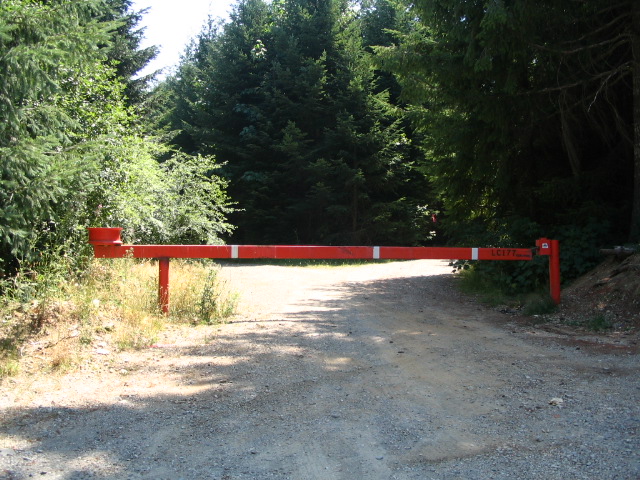
Company gate on Beech and Trace Road – TimberWest.
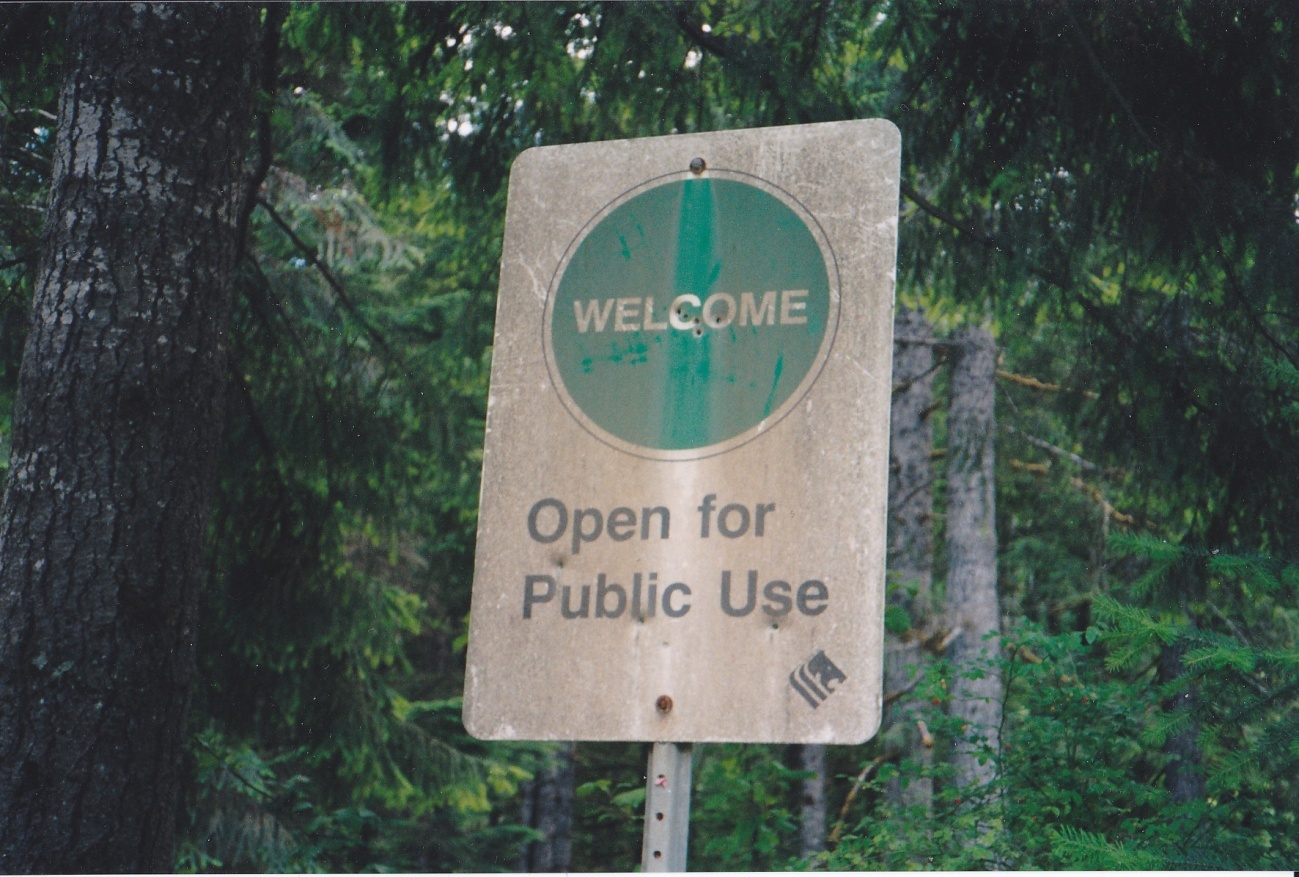
Old (1980’s) Fletcher Challenge road sign near Misery Creek. Color coded signs indicated whether roads were open or closed.
